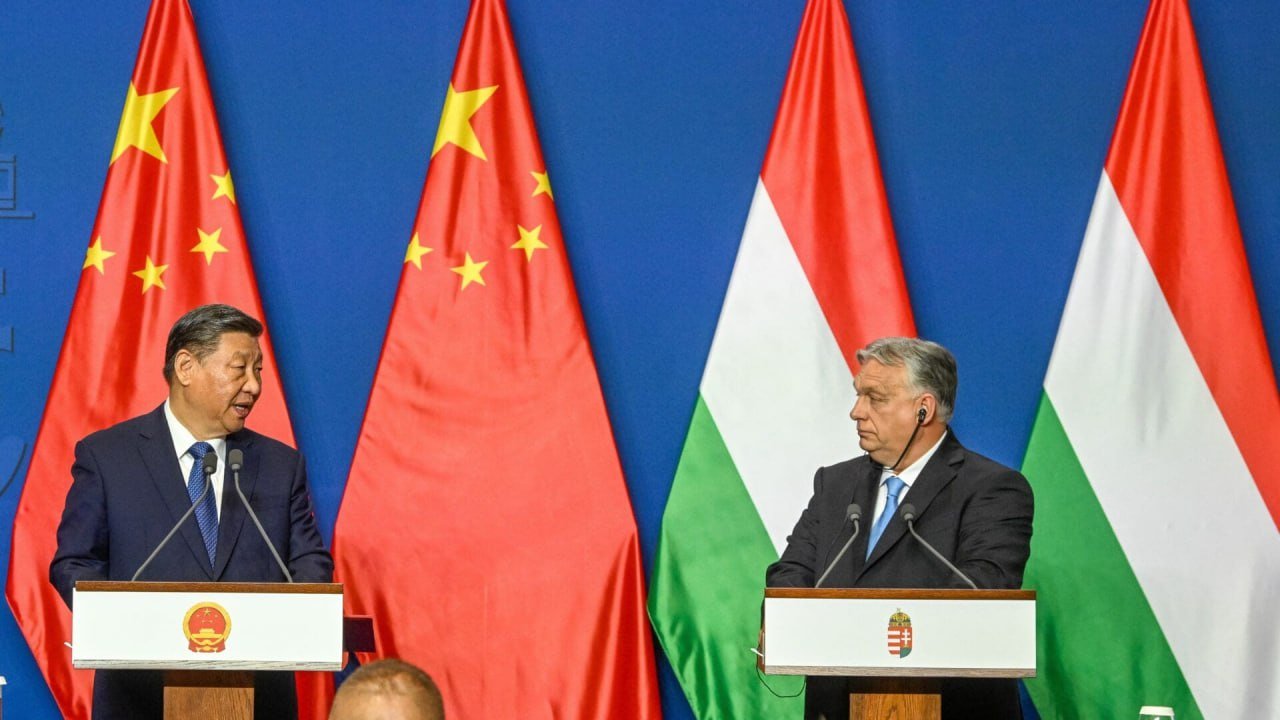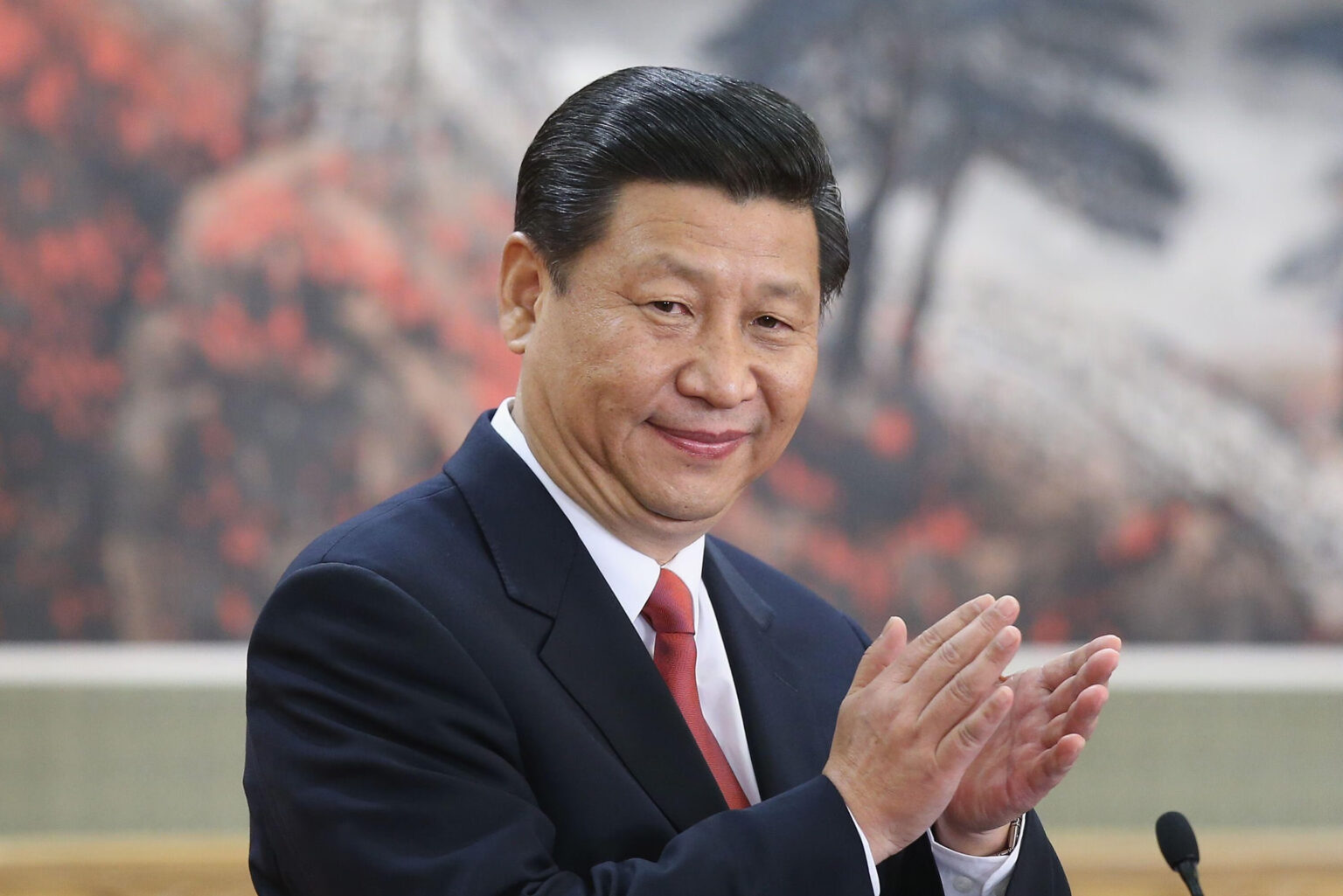He struck numerous deals with each nation while he was there. Additionally, he had a trilateral meeting in Paris with Presidents Macron of France and von der Leyen of the European Commission. When German Chancellor Olaf Scholz visited China three weeks ago, economic matters dominated the conversation.
Over the past 20 years, there has been a lot of connection between China and Europe. China is classified as a cooperative partner, an economic opponent, and a systemic rival by the European Union (EU) in 2019. Since then, there have been significant changes on the worldwide scene.Europe’s perceptions were already being impacted by the Covid-19 outbreak, rising Chinese aggression in the area, and tensions between the US and China.

Source: X
The conflict in Ukraine has significantly altered European opinions of China. Europe now faces a significant strategic challenge in Russia, and China’s “no limit” alliance with Russia raises serious concerns. Additionally, Xi has been pushed by European leaders on several occasions to use his clout with Russia to end the conflict in Ukraine.
The EU and many of its member nations have also declared their Indo-Pacific plans in response to the shifting geopolitics. China views these tactics as a component of a larger geopolitical plan meant to limit its influence in the area.In this regard, the visit’s goal was to capitalise on regional divisions among European nations while fortifying relationships with friendly governments in order to stabilise diplomatic relations with Europe.
In Europe, pro-China and pro-Russian voices have emerged from Serbia and Hungary, respectively. China and both have inked extensive strategic alliances. Additionally, both are heavily involved in China’s Belt and Road Initiative (BRI). A 350-kilometre high-speed rail connecting Budapest and Belgrade is being constructed by China. When finished, it will cut the eight-hour travel time between two capitals to three hours.
Source: Firstpost
In addition, Hungary will take over as the rotating president of the EU Council in July. During the visit, Serbia—an official applicant for the EU—signed 29 agreements with China, making it the first nation in Europe to formally join China’s ambitious A Global Community of Shared Future plan. Leaders of Serbia, Aleksandar Vucic, and Xi expressed support for one another’s territorial integrity and sovereignty. This indicates that Taiwan is seen by Belgrade as belonging to China, whereas China regards Kosovo as belonging to Serbia. The Serbian leader declared that “Taiwan is China – and it’s up to you what, when, and how you’re going to do it” in an interview with the Chinese television network CGTN. Complete halt”.
Prime Minister of Hungary, Viktor Orban, has been pushing for a “Eastern Opening” policy to increase investment and commerce with Asia, especially China, since 2010. China became Hungary’s biggest investor last year, contributing a total of €10.7 billion. Huawei’s largest non-Chinese supply centre is located in Hungary. Notably, a €7.3 billion EV battery plant is being built in Debrecen by China’s CATL. The majority of the Chinese population in Central and Eastern Europe resides in Budapest, the capital of Hungary; many of them immigrated in the late 1980s and early 1990s.Xi carefully considered which nations to include in his carefully planned tour of Europe. In Paris, he paid attention mainly to European worries, stressing the importance of economic alliances in Belgrade and Budapest.
What do you think about this? Comment below.

